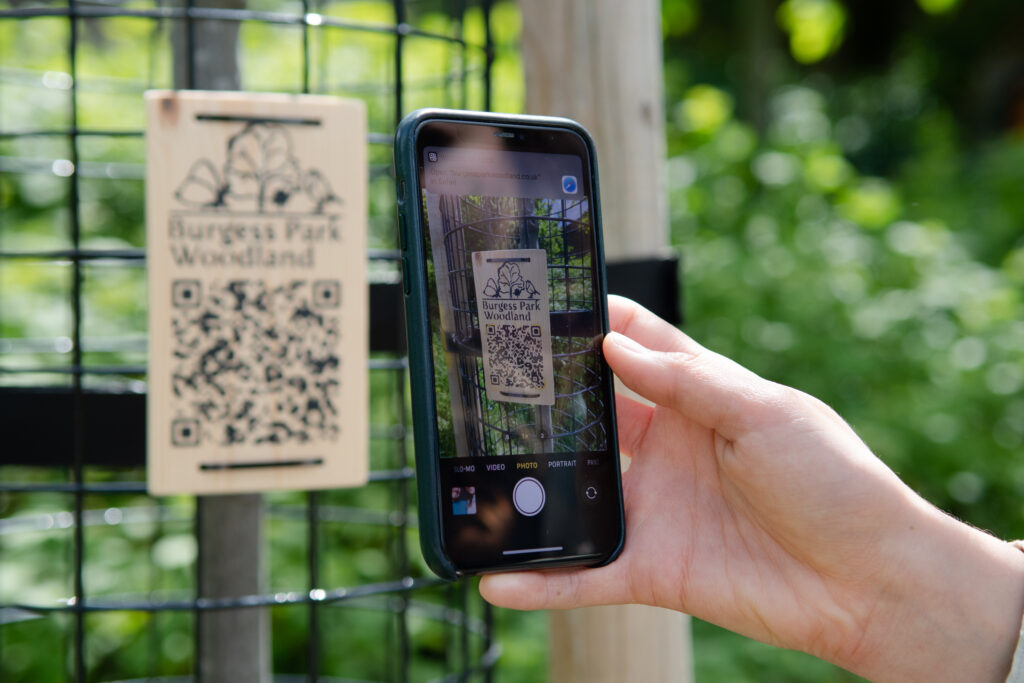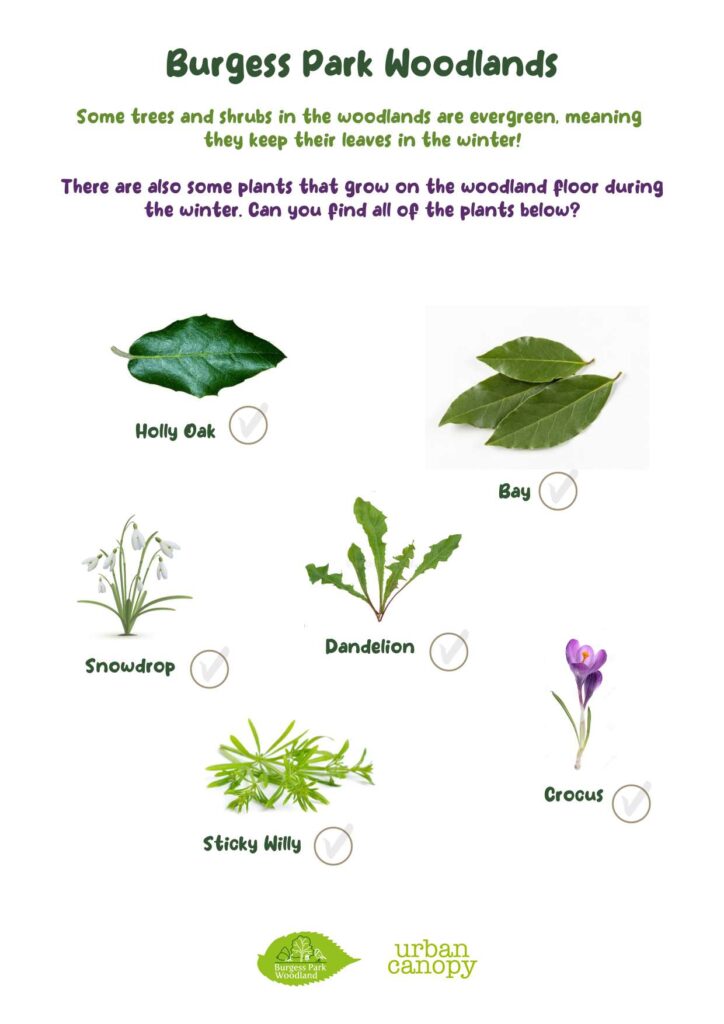You are in:

Woodland Marker #10 part of the Woodland Trail installed by the Friends of Burgess Park

Sixteen species of butterfly are thriving in Burgess Park because of the unique mix of wild plants and trees. They love the long grasses, nettles, blackberry brambles and the sunny glades so keep a look out and see how many varieties you can spot.
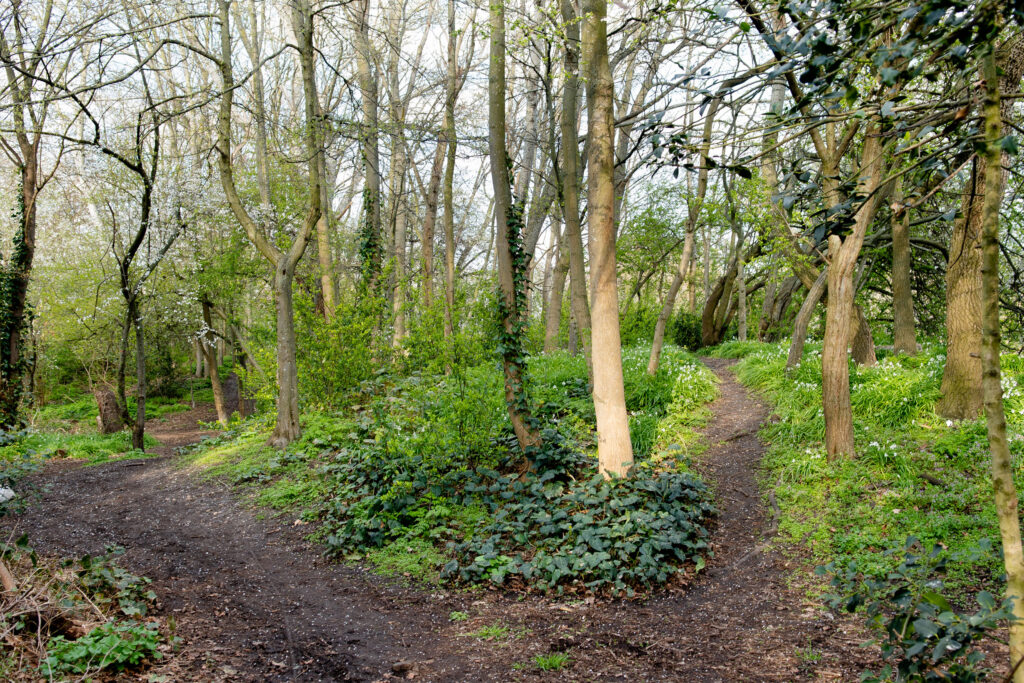
About Albany Road Woodland
The woods between Albany Road and the lake form an excellent barrier from the busy road. The underlying terrain has hills and hollows with many informal pathways, some quite steep but making it a great space to explore.
Dense in places and with limited species, some areas were improved in 2010 with the addition of a wet woodland adjacent to the lake that would capture rainwater runoff from nearby paths. Moisture loving species eg Willow Salix spp and Alder Alnus glutinosa were planted.
Other species elsewhere in the woods include Yew Taxus baccata, Hazel, Holly and Privet, with thick ground cover of Ivy Hedera helix and also Three Cornered Leek Allium triquetrum, an invasive edible that carpets the ground.
There are several open glades which are warm and sheltered, making good places to see butterflies including the Holly Blue Celastrina argiolus and the Speckled Wood Pararge aegeria. Read more about butterflies in Burgess Park: Burgess goes wild: Butterflies & Moths | Friends of Burgess Park
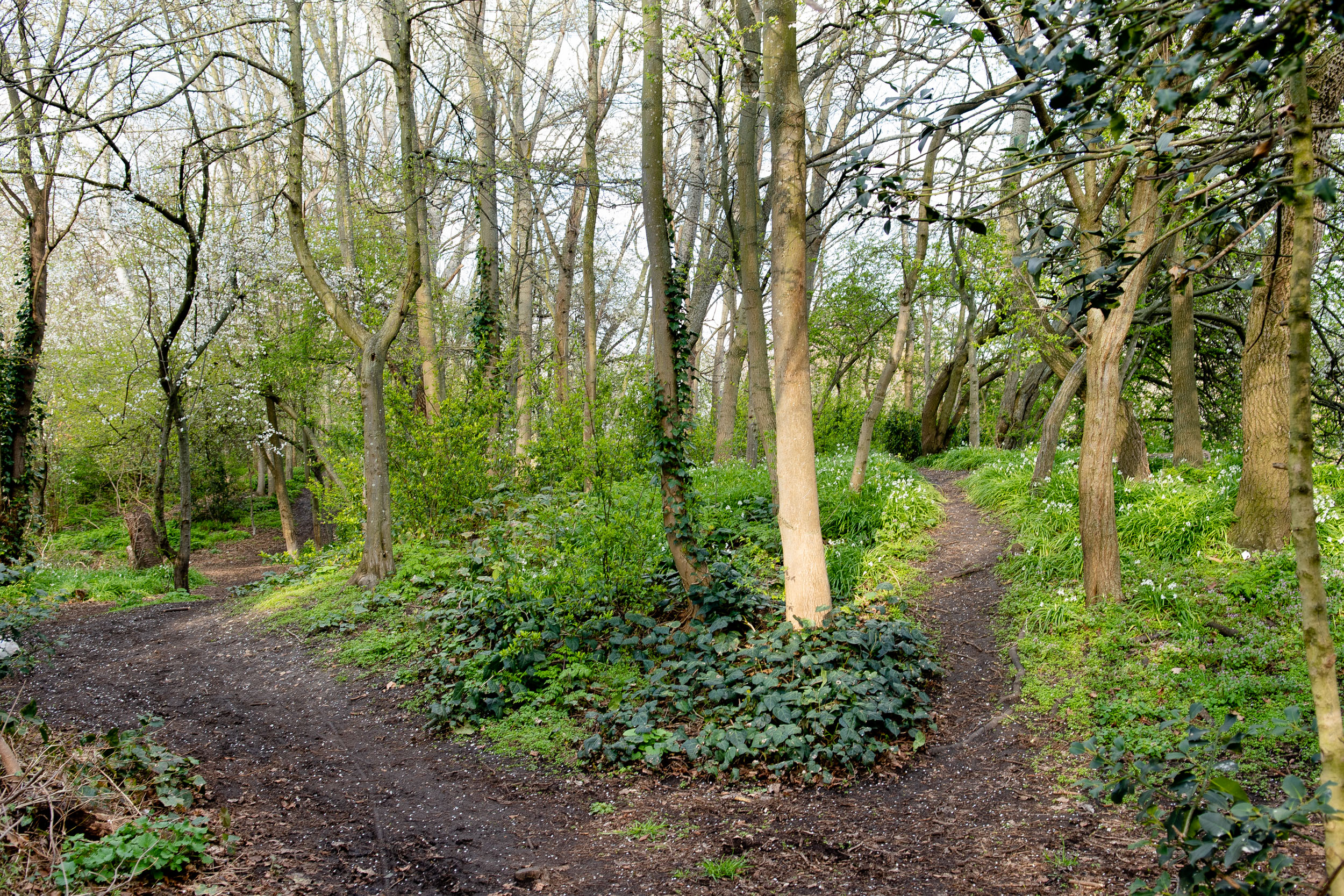
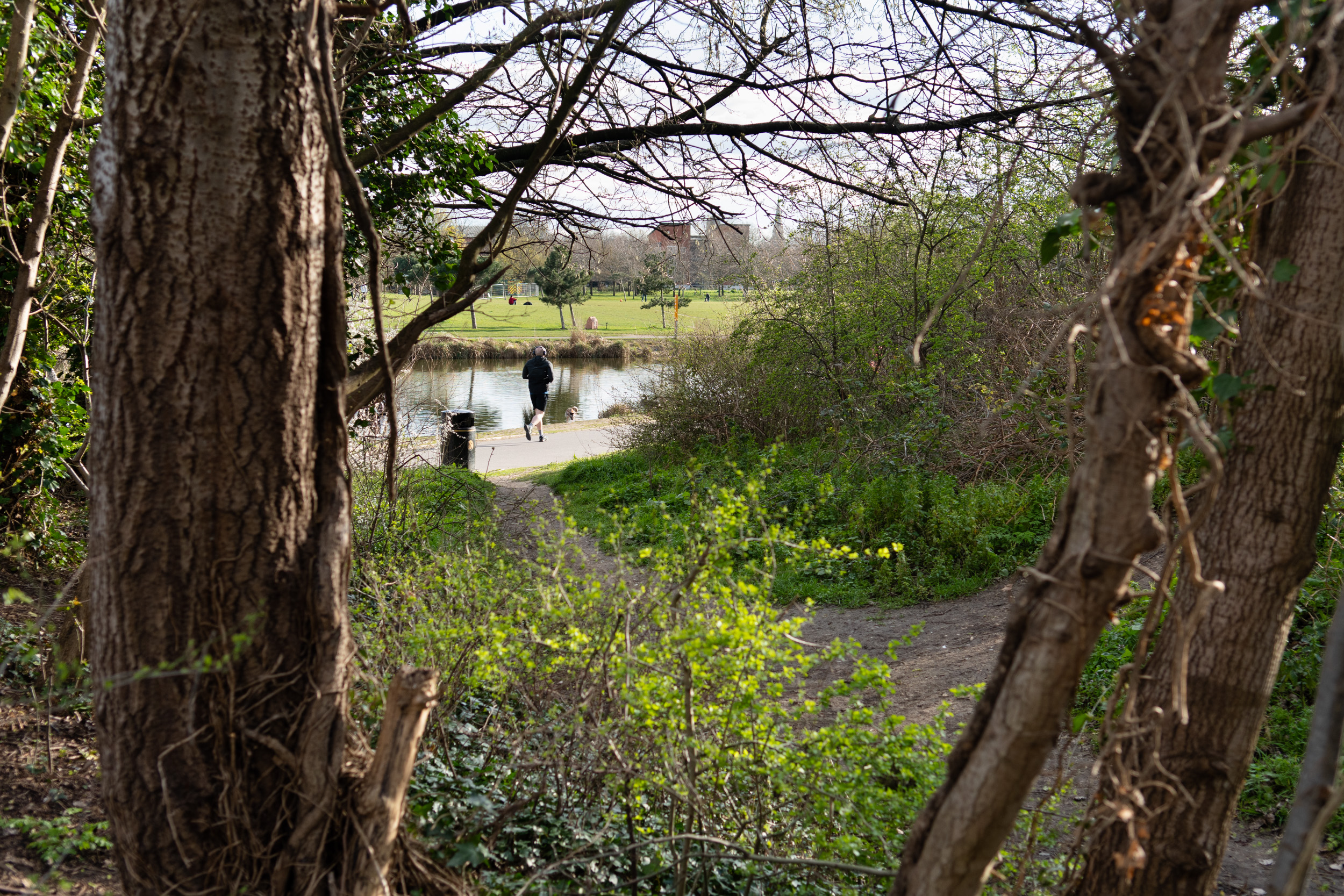
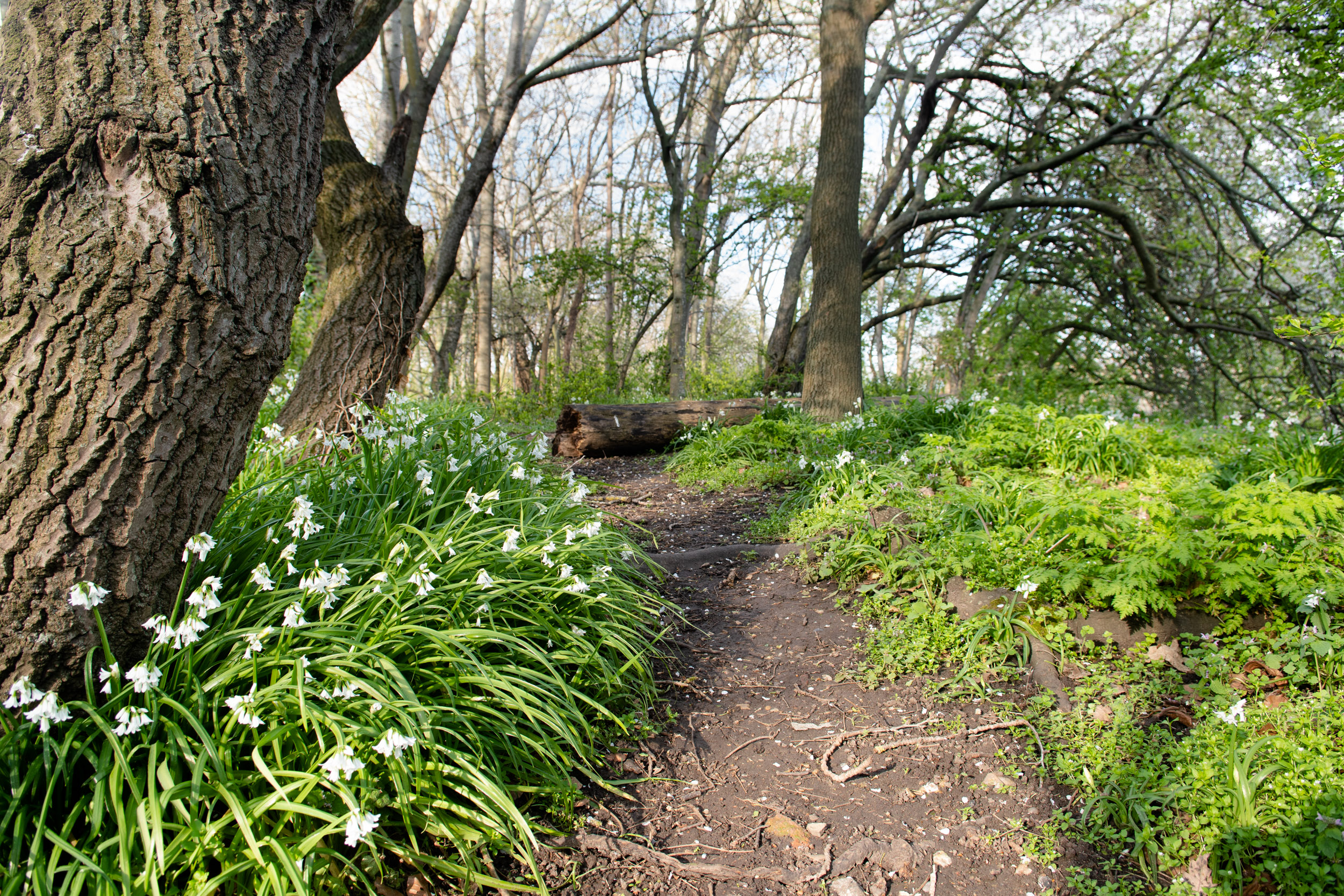
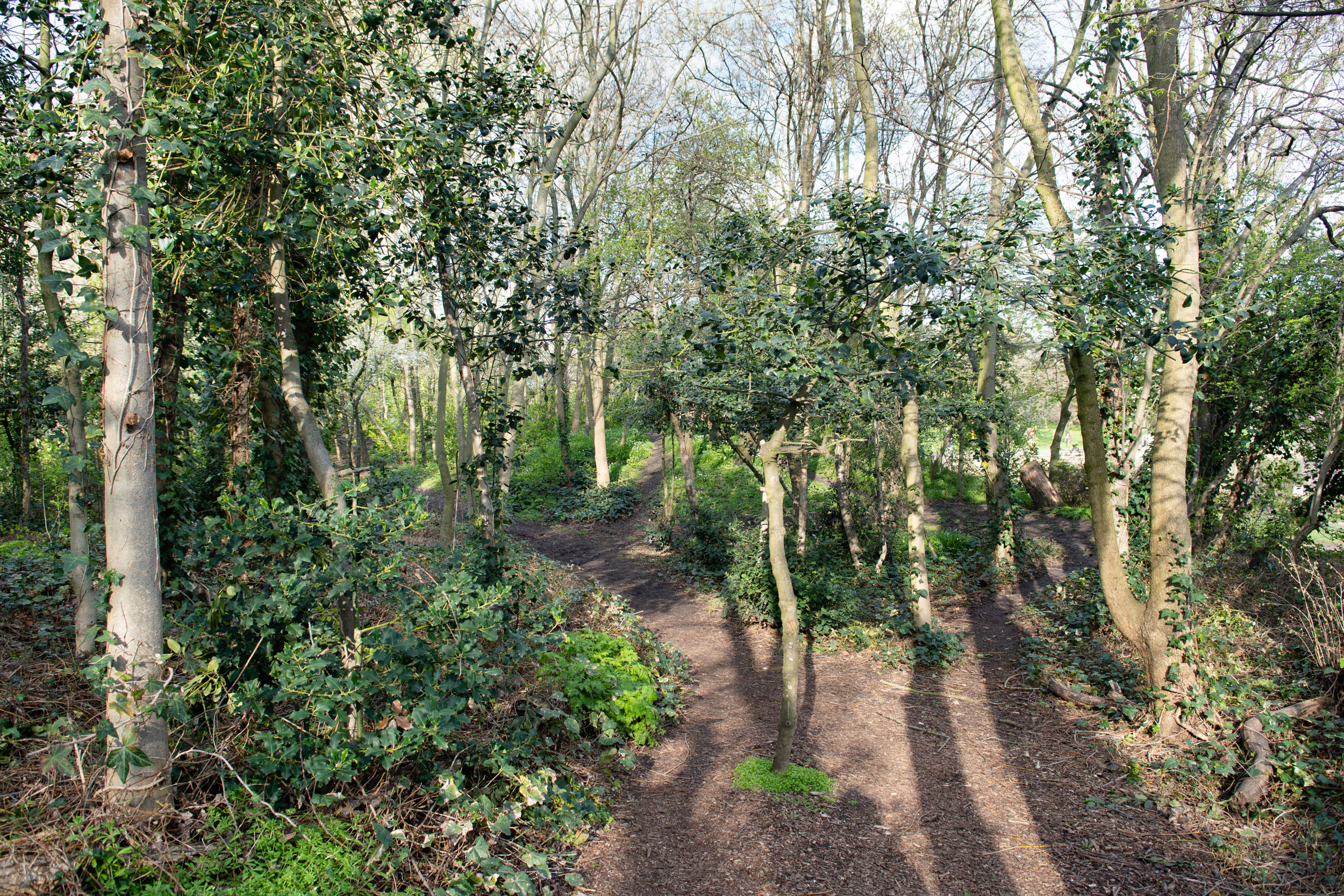
What to look out for
In early spring the Alder Alnus glutinosa has small green catkins which are great to look out for, looking like a whole tree full of tails or caterpillars.
Listen in springtime for the unmistakable drumming sound of the Great Spotted Woodpecker Dendrocopus major. It’s looking for a mate, then later, hollowing out a new nest hole. You might also see a Nuthatch Sitta europaea, searching for insects in the cracks of tree bark. It often frequents old woodpecker holes where it smears mud around the edges to protect the nest and young.
Garlicky scented Three Cornered Leek (often referred to as Wild Garlic or Onion Grass), with bright green strap-like leaves and nodding bell-like white flowers grows thickly and all parts are edible. It can be found in March / April sometimes earlier in mild winters.
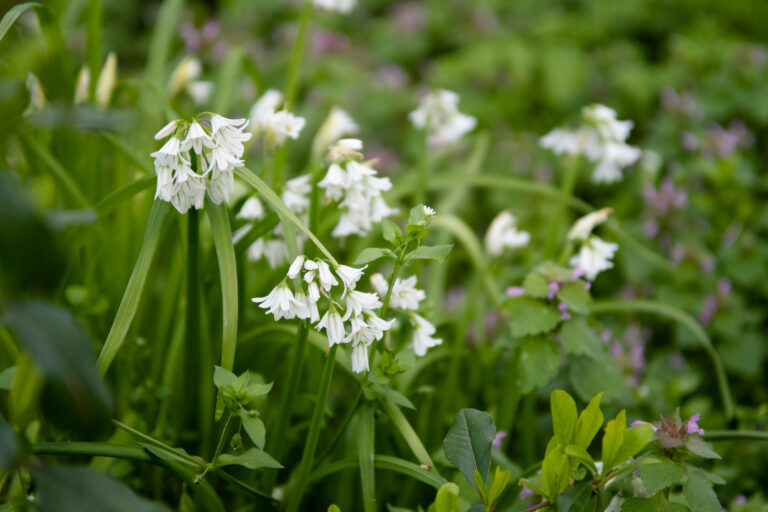
Bats, including Pipistrelle Pipistrellus pipistrellus and Noctule Nyctalus noctula begin to emerge from winter hibernation in April. At dusk they fly to the lake along tree corridors, coming from north and south of the lake. They can be seen in the early evening flying along the main path by the woodlands. All native bat species are protected.
In 2018 new sculptures by Sally Hogarth were commissioned as a memorial ‘Silent Raid’ and some of the small model houses can be found in Albany Road woodlands. The small houses can also be seen at Chumleigh Gardens, along by the lake, and towards the Old Kent Road.

Woodland Maintenance
Our ambition is to make the woodland more accessible with clearer paths for people, leaving undisturbed areas for wildlife. Some thinning of trees and shrubs will make for clearer sightlines, making the woods feel safer, and also allowing more light in to support wider species diversity.
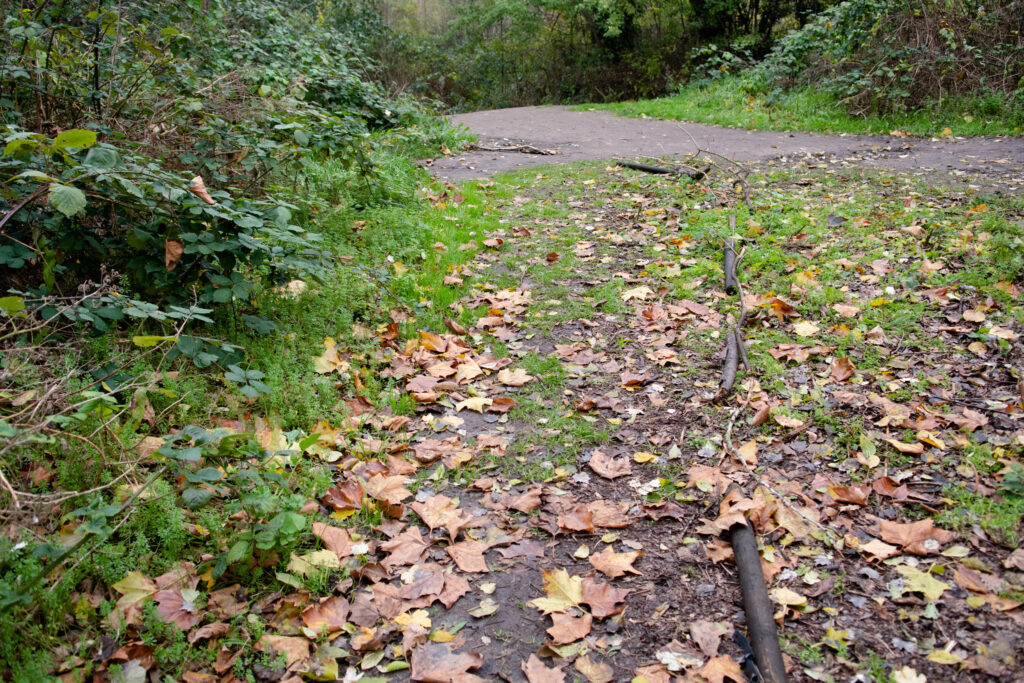
Things to do
It’s the perfect place for hide and seek, listen to birds, spot butterflies. There are some lovely spots for forest bathing where you can be totally surrounded by trees.
Woodland Wellbeing
- Forest Bathing
- Natural Exercise


Impact Reporting
We recently crowdfunded a report from London Wildlife Trust on the overshadowing of Southampton Way Woodlands & St George’s Way Copses.
London Wildlife Trust have told us the Burgess Park woodlands have a special value:
- The woodlands have ecological value to the broader parkland, reflecting the recognition of Burgess Park’s potential biodiversity value for local people.
- The significance of the local bat population and the role the park plays in supporting that bat population foraging and the impact of building lighting.
- The building shading on the ecological area immediately to the north of the proposed development site are not insignificant and may have considerable long-term effects on woodlands, woodland species and pollinators.
- The cumulative effects from proposed developments along Parkhouse Street.
- Negative long-term habitat and species impacts on protected and/or priority species.
- Burgess Park is a Site of Borough Importance for Nature Conservation in Southwark, it is of authority-wide value.
Welcome to Burgess Park Woodland Trail!
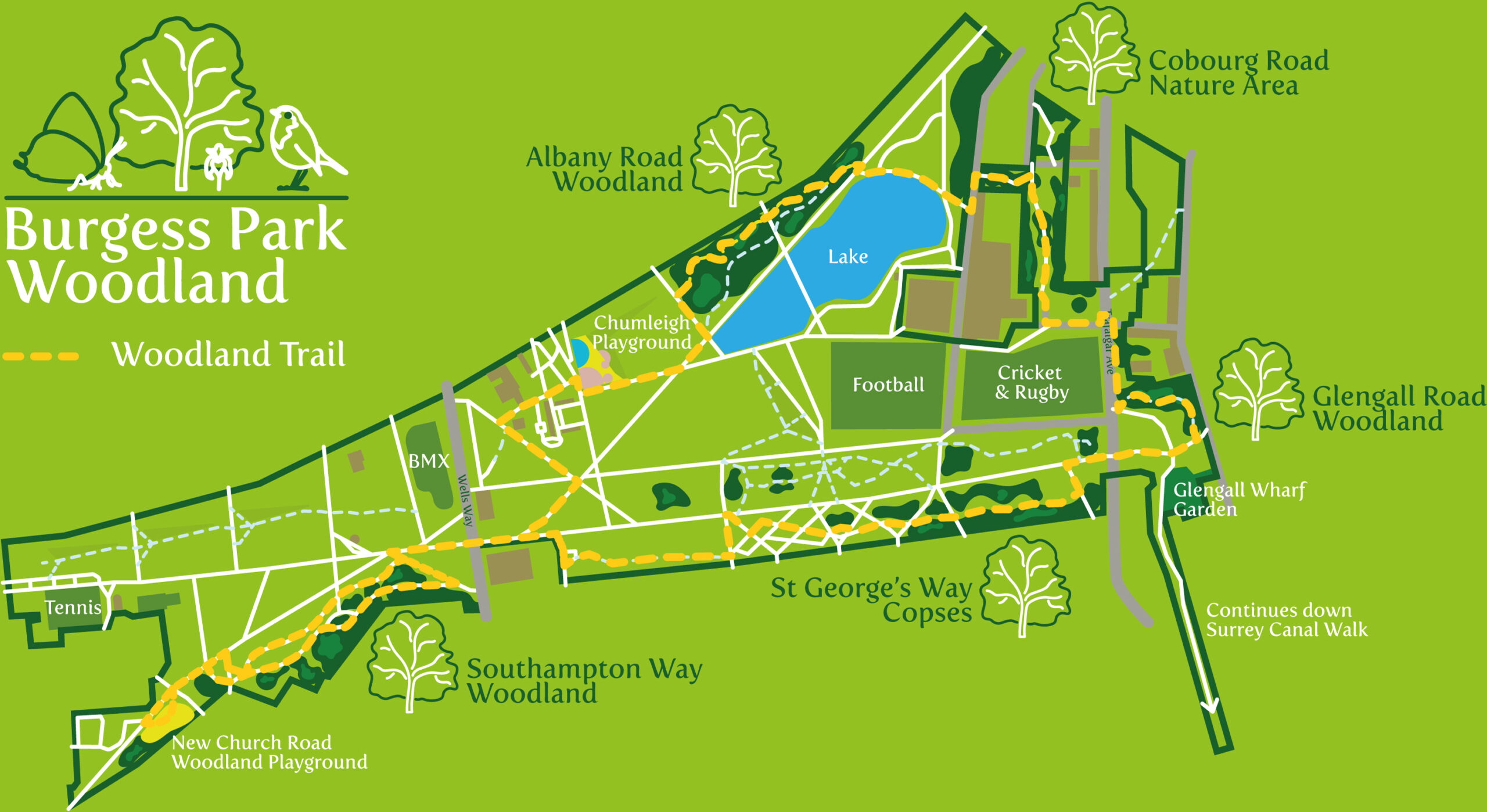
Explore Burgess Park Woodland - Follow our Woodland Trail!
Look out for our wooden woodland markers throughout Burgess Park and follow them on a route through the woodlands. Scan the QR codes on each with the camera on your smartphone and find out interesting facts about the woodlands and the history of the area.
